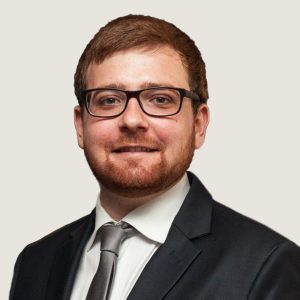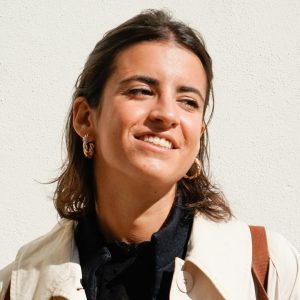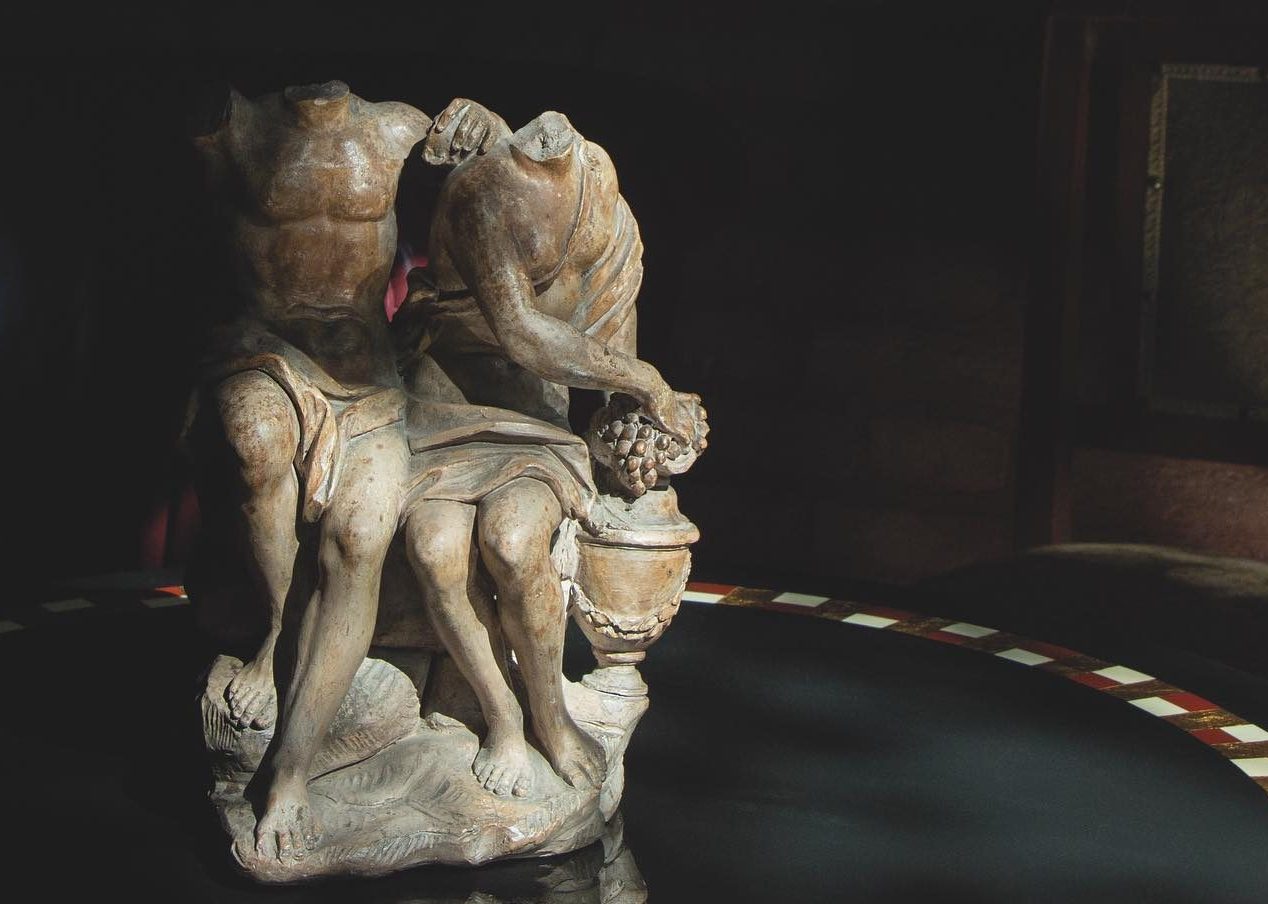Take a look behind the scenes with two of our alumni as they gear up to showcase their gallery, Cavagnis Lacerenza, at TEFAF Maastricht. From their decision to pursue an MA in Art Business to the challenges of building a successful gallery, we spoke to Giovanni Lacerenza and Giulia Cavagnis about their preparations, aspirations, and the significance of participating in one of the world's most prestigious art fairs.

 What drove your decision to apply for a Sotheby’s Institute MA program and what did you study?
What drove your decision to apply for a Sotheby’s Institute MA program and what did you study?
Giovanni: I have always had a deep interest in culture and art history, but I wanted to expand my knowledge of the business side of it, so the MA in Art Business was my first choice to learn how to navigate the art world.
Giulia: My undergraduate degree was in Modern Literature with a minor in Art History, and after working for several months in a contemporary gallery in Madrid, I decided that I wanted to learn more about the art market, Sotheby's Institute was a great fit.
What valuable lessons were gained from participating in a Sotheby’s Institute MA program?
The art market is very diverse and complex with artists, foundations, commercial galleries, museums, and auction houses. Within these sectors there are different types of careers that one can pursue. The Sotheby's Institute of Art MA program helped us to understand the complexities of the market and recognize what our individual potential was that could best be integrated into the art market.
Can you tell us about Cavagnis Lacerenza and what inspired you to establish your own gallery?
We studied together during the MA in Art Business and soon became very good friends. After working at Sotheby’s in London for five years and at a leading italian gallery, we realised that we wanted to become entrepreneurs. We both loved ancient art and Old Masters, so we decided to join forces and establish an art gallery in Italy aimed at offering a fresh perspective on this segment of art. Ancient art and Old Master sculptures are often considered unattainable, too expensive or too aesthetically different from the "contemporary" standard, so our idea was to make them more accessible. One of our aims was also to encourage a younger audience to appreciate and hopefully start collecting ancient art.
As gallery founders, what challenges have you encountered in building and maintaining a successful art gallery, and how have you overcome them?
The primary challenge encountered is that the market for ancient art and Old Masters has become smaller compared to the 20th century, affecting both sourcing and potential buyers. The competition to discover and acquire unpublished artworks is fierce, not only between dealers but also with auction houses. The advantage of a smaller market is the increased likelihood of standing out. Not only is sourcing complex, but the pool of buyers is also shrinking. To address these challenges, we utilize all available resources, including maintaining a strong online presence, building an engaging and active social media following, participating in international fairs, designing fresh-looking catalogues, and engaging with art collectors who may not yet be interested in ancient art.
How does it feel for Cavagnis Lacerenza to be selected as one of the ten participating galleries in the TEFAF Showcase section for TEFAF Maastricht? Can you tell us a bit about the TEFAF Showcase initiative?
TEFAF Showcase is an excellent opportunity, and we are honoured to participate in the most prestigious art fair in the world. Showcase allows emerging gallerists like us to establish meaningful connections with the best art institutions, academics, private collectors, and connoisseurs in the world who visit the fair.
How are you curating and preparing for TEFAF Maastricht? Talk us through what goes into these preparations from application to selection and curating, and how you ensure that your exhibition stands out amidst the prestigious lineup at this renowned international art fair.
We applied for the Showcase initiative several months ago, and the first step was to prepare a presentation outlining our gallery's 'curriculum', with previous exhibitions and art fair participation, as well as a project on the type of artworks we would bring to our stand at TEFAF. This part is very important as it gives the TEFAF committee an idea of your expertise, aesthetic, and branding. Our proposal revolves around the idea of the 'fragment' through the centuries, looking at the fragment as a whole, a complete work of art of exceptional skill and quality, but at the same time a testimony to a great past. Our works deal with themes such as conservation, ancient restorations, and illustrious origins. They are self-sufficient, of exceptional quality, and also tell a story of cultural reconstruction. With this in mind, we spent the following months sourcing unpublished artworks, studying and researching them in depth, and contacting academics and researchers for advice. We then designed the stand to ensure the artworks were well presented and that the experience for visitors would be enjoyable and interesting.
As a relatively young gallery, how do you see participating in the art fairs contributing to the growth and visibility of Cavagnis Lacerenza within the international art market?
It is a unique opportunity for us to meet experts and connoisseurs that we would not meet anywhere else. Visitors are eager to come to TEFAF, they plan their trip in advance, and this kind of desire to learn, see, and buy incredible works of art is great!
Looking ahead, what do you envision for Cavagnis Lacerenza, both in terms of gallery expansion and artistic endeavours?
We hope that TEFAF will be a catalyst for growth and new opportunities by creating meaningful connections. We hope to expand our partnerships with renowned cultural institutions and continue to share our enthusiasm for ancient art and Old Master sculpture.
What advice or tips would you give to Sotheby’s Institute of Art applicants?
Make the most of it and take advantage of every opportunity the Masters program gives you, from meeting art dealers, to previewing auctions, and connecting with art experts. Don't be afraid to ask questions, be curious, and on top of that, make new friends. You never know, you might end up meeting your future business partner, just like us!
